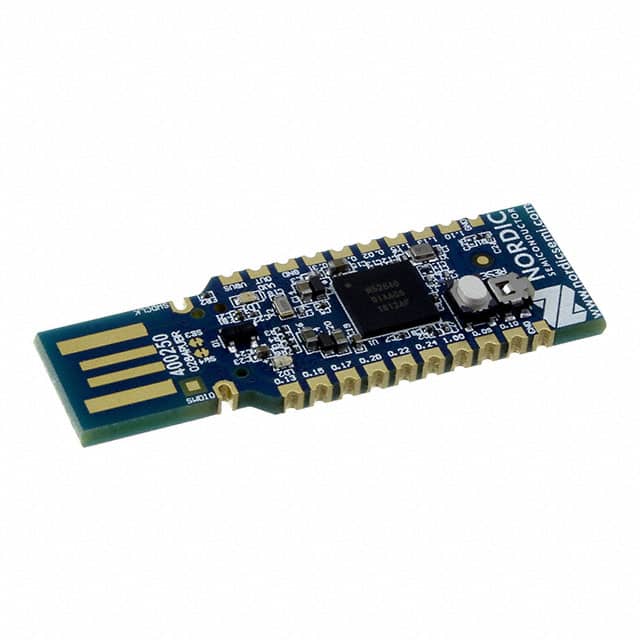Consumer Robots
Find robots by their name, purpose, creator, or launch date
Microcontrollers

Built with the ATSAMD51J19 Cortex M4 processor running at 120 MHz, the Feather M4 Express is a powerful and flexible board for robotic applications. It supports CircuitPython and Arduino IDE, and includes USB, LiPo battery charging, and a STEMMA QT connector for easy sensor integration.
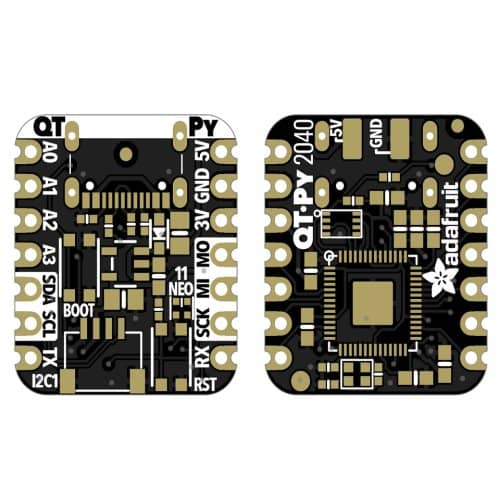
QT Py RP2040 is a thumb-sized board with the Raspberry Pi RP2040 chip and STEMMA QT connector. It’s CircuitPython and Arduino compatible, perfect for ultra-compact robotics tasks or wearable control units.
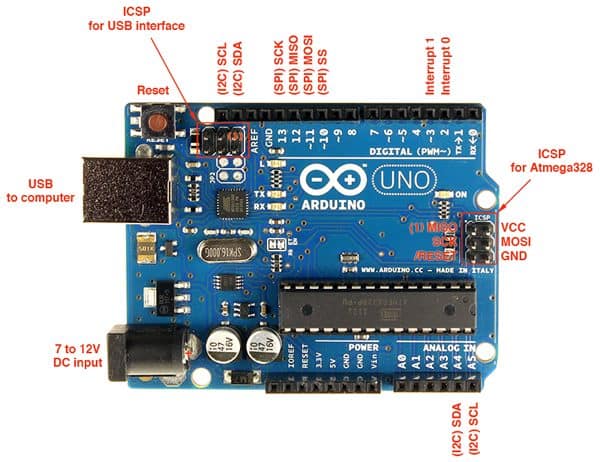
The Arduino Uno R3 is a microcontroller board based on the ATmega328P, ideal for beginners and hobbyists in electronics and programming. It has 14 digital I/O pins (6 of which can be used as PWM outputs), 6 analog inputs, a 16 MHz quartz crystal, USB connection, power jack, ICSP header, and a reset button. It can be powered via USB or an external power supply and is programmed using the easy-to-use Arduino IDE. The Uno R3 is widely used in DIY projects, robotics, sensor-based systems, and educational applications due to its reliability and strong community support.
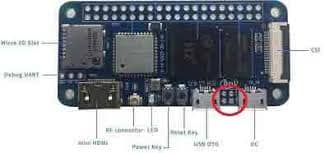
The BPI-M2 Zero is a compact SBC with quad-core Cortex-A7 CPU, HDMI, and GPIO compatible with Raspberry Pi Zero. It supports Linux distributions and is suited for small-scale robotics and embedded control systems.

The BBC micro:bit V2 is a beginner-friendly development board ideal for educational robotics. It has an ARM Cortex-M4, built-in accelerometer, magnetometer, microphone, speaker, Bluetooth, and LED matrix. It’s highly popular in STEM classrooms and early robotics kits due to its simplicity and visual programming environments.
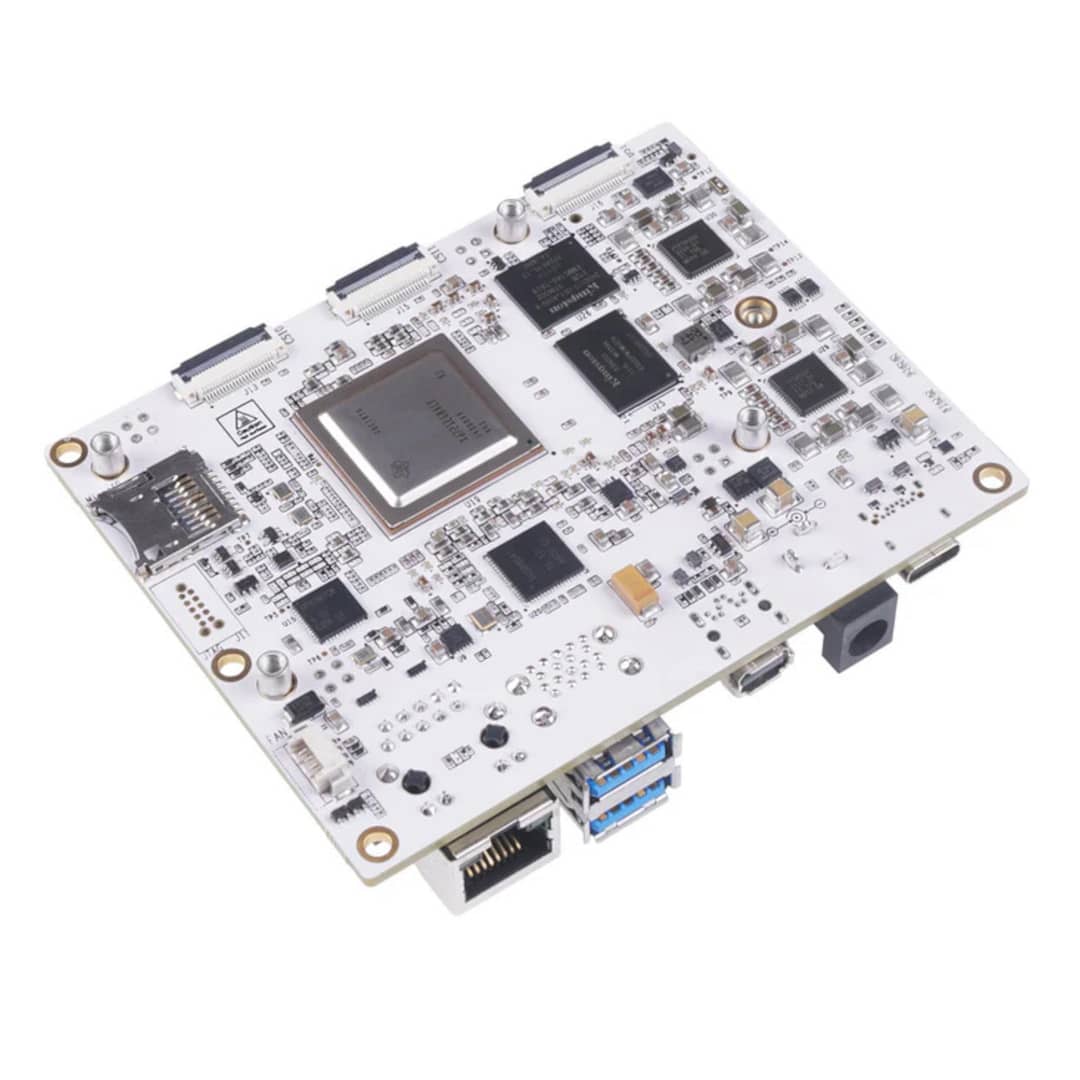
A next-gen board powered by TI AM625 with 64-bit quad-core Cortex-A53 and AI acceleration. It’s designed for robotics with high-speed interfaces, Linux support, and PRU for deterministic I/O — perfect for ROS and industrial automation.
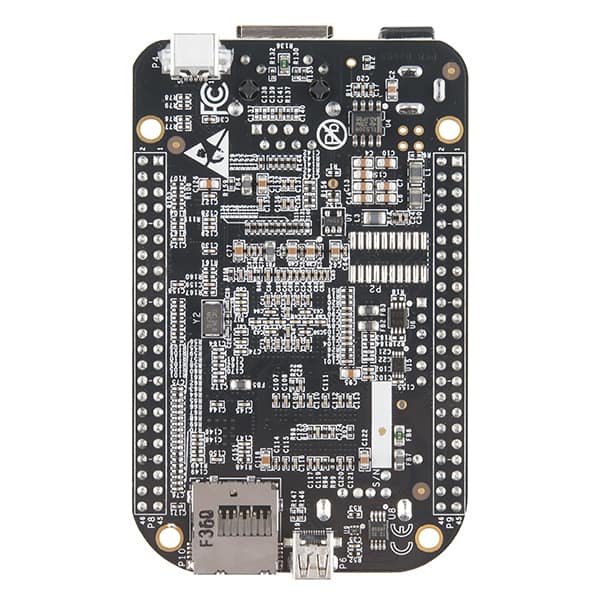
The BeagleBone Black is a powerful Linux-enabled development board with a 1GHz ARM Cortex-A8 processor, 512MB RAM, and onboard eMMC. Known for real-time GPIO control via the PRU subsystem, it’s used in industrial and mobile robotics, especially when running a full Linux stack is beneficial.

Designed for sensor node mesh networking using 6LoWPAN and TI CC1352, the BeagleConnect Freedom is suited for distributed robotic sensor networks, environmental monitoring, or wireless robotic swarms.
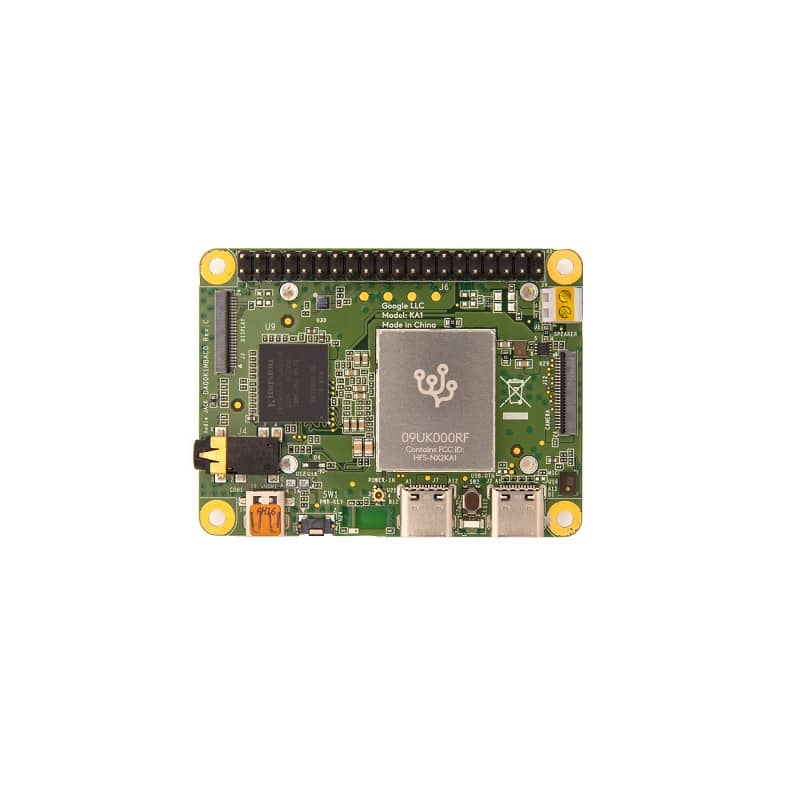
Coral Dev Board Mini is a compact edge AI platform featuring the Google Edge TPU coprocessor and Cortex-M7 CPU. It’s ideal for running TensorFlow Lite ML models in robotics, such as face/gesture detection or path planning.
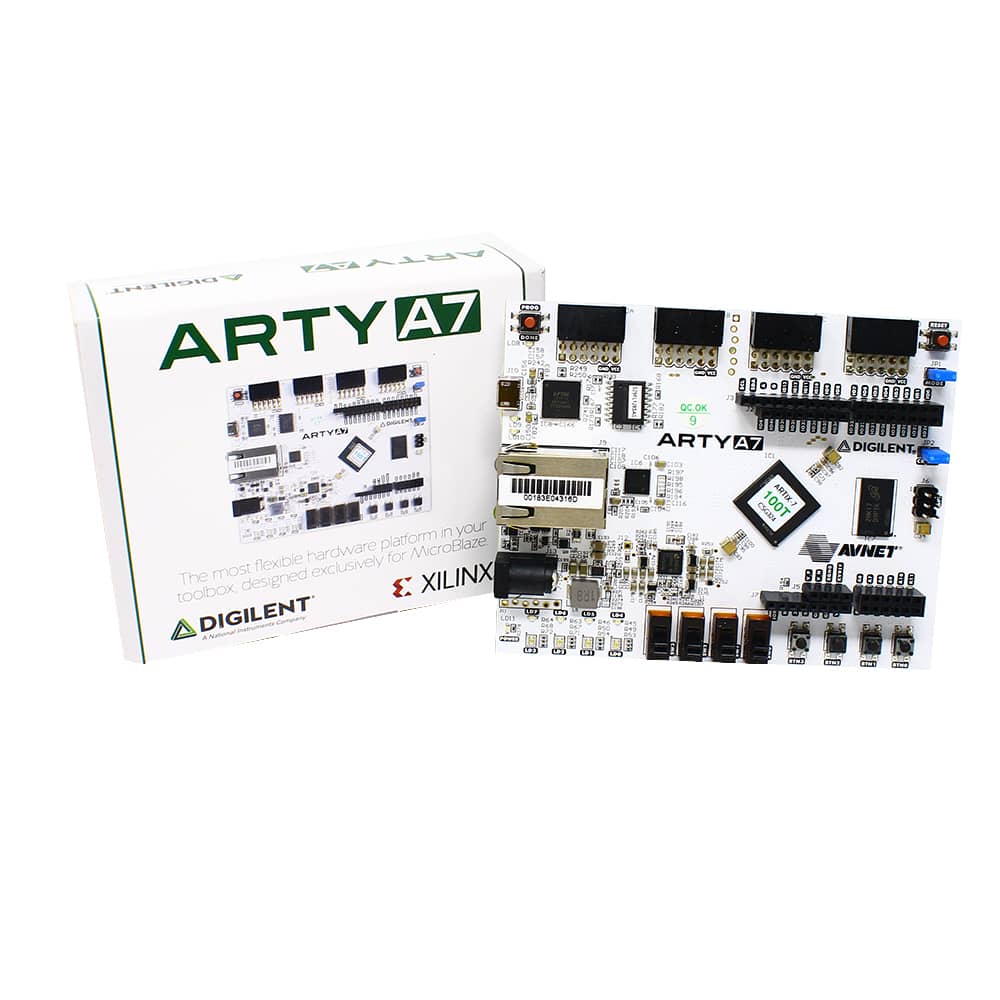
Arty A7 is an FPGA development board based on Xilinx Artix-7, offering programmable logic for real-time robotic controls, sensor fusion, and soft-core CPU integration. Used in autonomous vehicles and robotics research labs for high-speed processing.
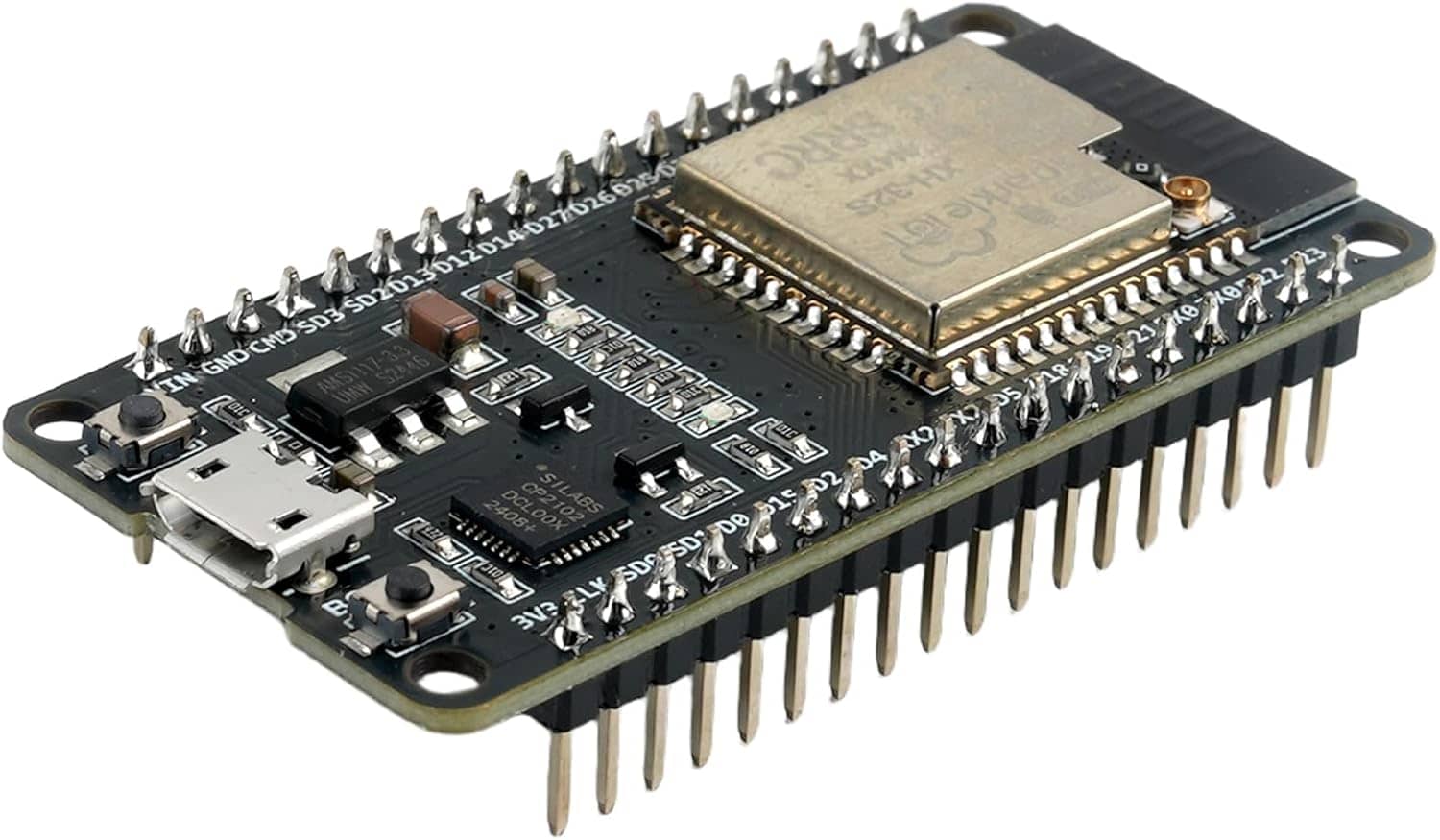
The ESP32 DevKit V1 is a low-cost, low-power system on a chip with Wi-Fi and Bluetooth capabilities. Ideal for IoT and robotics, it features dual-core 32-bit LX6 CPUs, multiple GPIOs, ADCs, and communication protocols. Its low power consumption and wireless capabilities make it a favorite for autonomous mobile robots and remote sensors.
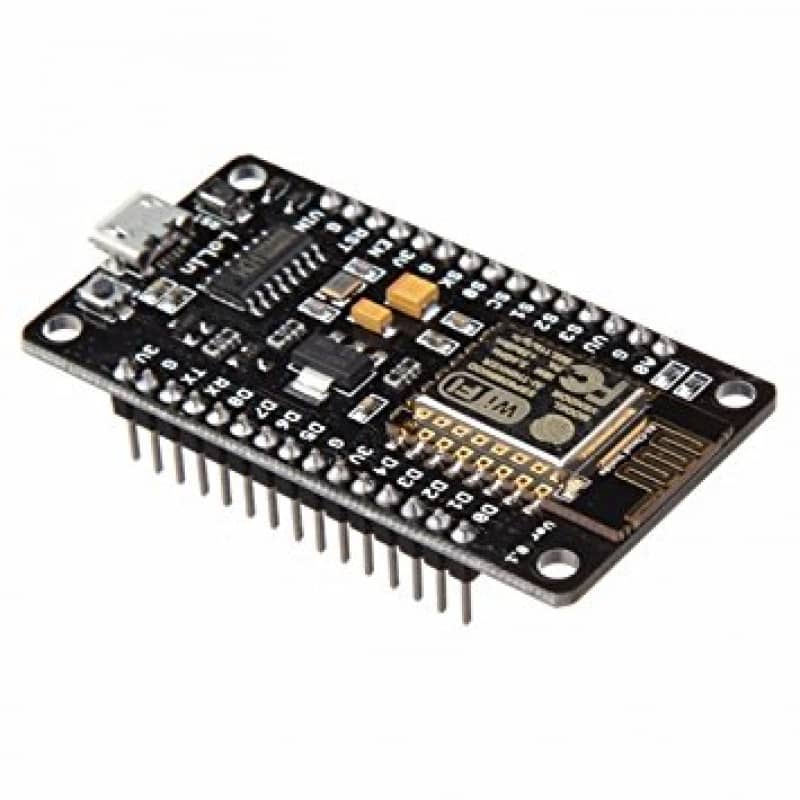
The ESP8266 NodeMCU is a low-cost Wi-Fi microcontroller perfect for lightweight IoT robotics. It’s powered by a 32-bit Tensilica CPU and integrates GPIO, ADC, PWM, and SPI/I2C. Often used in remote sensors, robot telemetry, and automation interfaces.
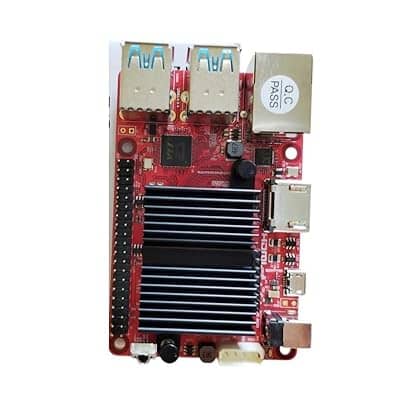
The ODROID-C4 is a powerful 4-core SBC with Amlogic S905X3 and Mali-G31 GPU. It supports Ubuntu/Debian and is great for real-time processing, camera input, or robotic middleware like ROS or OpenCV.
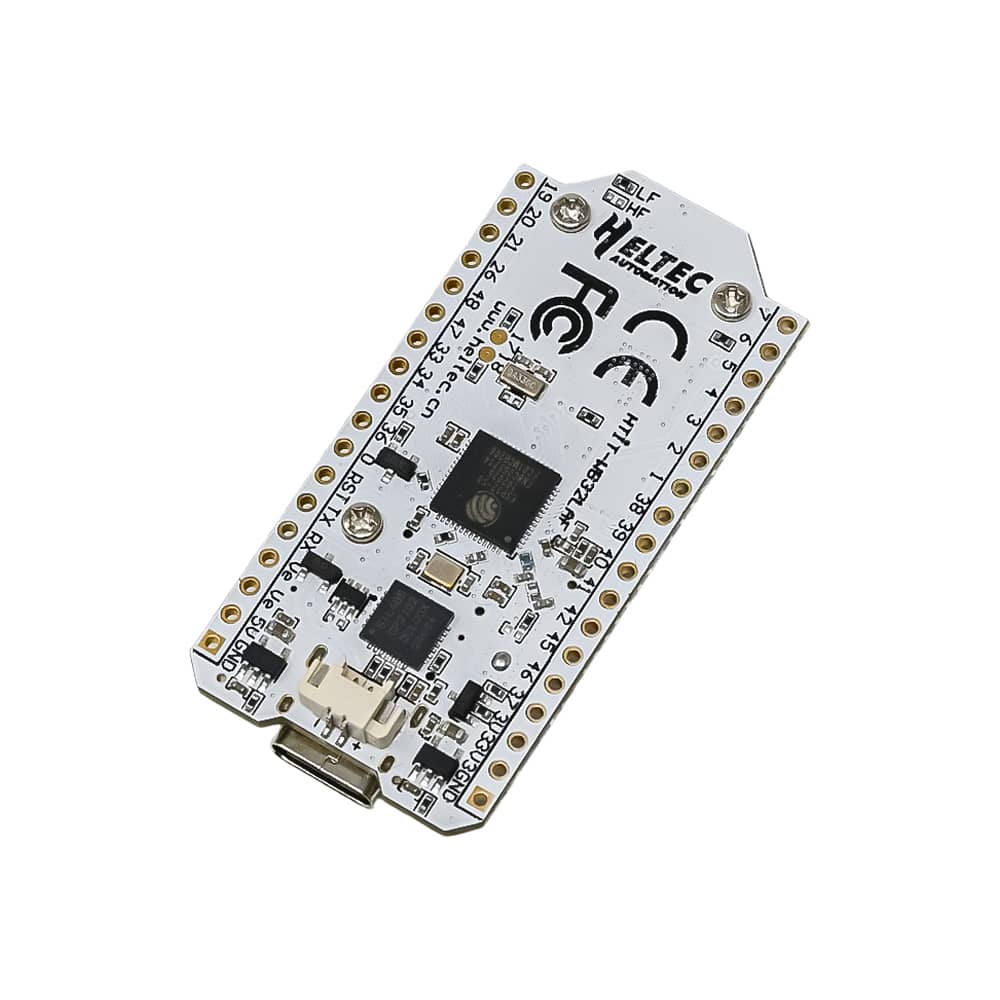
Combines ESP32 with LoRa transceiver and OLED screen. It’s designed for long-range telemetry and low-power robotics like delivery drones, field monitors, and agricultural bots.
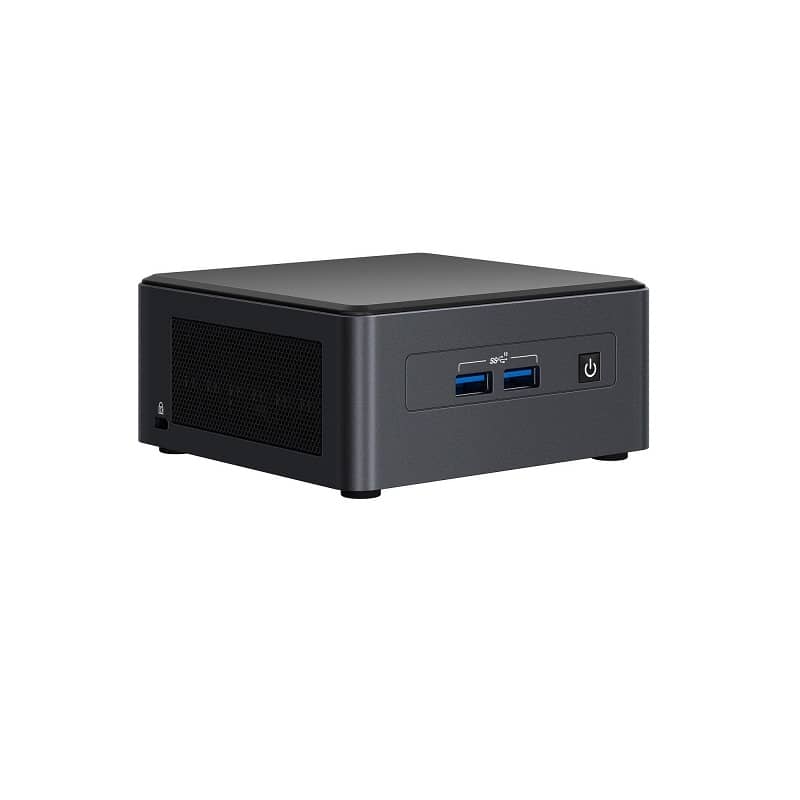
Though not a microcontroller, Intel NUCs are widely used in advanced robotics projects needing full-scale x86 computing power. Ideal for ROS, SLAM, and vision systems, the NUC 11 offers up to 64GB RAM, fast SSDs, and high-speed I/O for industrial or research robots.
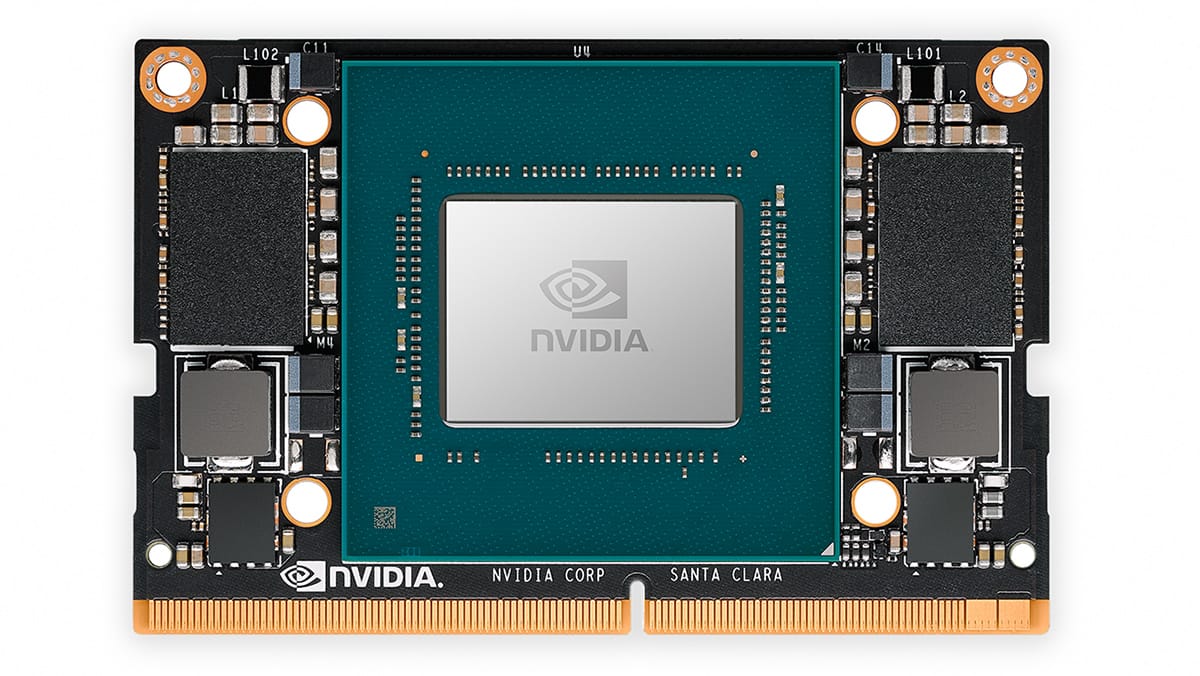
Jetson Xavier NX brings server-class AI to edge robotics. It features a 384-core Volta GPU, 6-core ARM CPU, and supports up to 21 TOPS AI performance. Ideal for autonomous navigation, SLAM, object detection, and real-time inference.
Newsletter
Newsletter

ESP32-EVB is an industrial-grade development board with Ethernet, relays, CAN bus, and microSD — perfect for robotic automation, gateways, or industrial IoT systems with rugged connectivity needs.
Olimex ESP32-EVB

Combines ESP32 with LoRa transceiver and OLED screen. It’s designed for long-range telemetry and low-power robotics like delivery drones, field monitors, and agricultural bots.
Heltec WiFi LoRa 32 (V3)
Events

